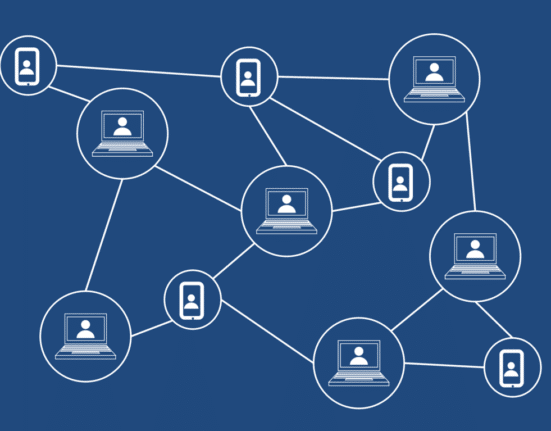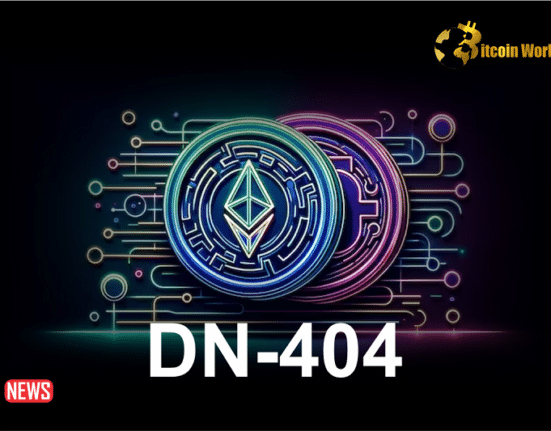Blockchain technology and cryptocurrencies have introduced innovative solutions to various industries, including cybersecurity. This article explores the applications of blockchain technology and cryptocurrency-based cybersecurity innovations, highlighting their potential to enhance data security, identity management, secure transactions, and mitigate cyber threats. By leveraging the decentralized and immutable nature of blockchain and the cryptographic features of cryptocurrencies, these innovations are revolutionizing the field of cybersecurity.
DECENTRALIZED IDENTITY MANAGEMENT:
Blockchain-based identity management systems provide a secure and tamper-proof solution for verifying and managing digital identities. By leveraging blockchain’s immutability and cryptography, individuals can maintain control over their personal data, reducing the risk of identity theft and unauthorized access. Blockchain-based identity management also enables seamless and trusted verification processes without relying on centralized intermediaries.
SECURING DATA INTEGRITY:
Blockchain’s inherent properties, such as immutability and consensus mechanisms, make it an effective tool for ensuring data integrity. By storing data on a distributed ledger, any changes or tampering attempts are easily detectable, preserving the integrity of critical information. This application is particularly valuable in sectors where data integrity is crucial, such as supply chain management, healthcare, and financial services.
IMMUTABLE AUDIT TRAILS AND FORENSICS:
Blockchain’s transparent and immutable nature enables the creation of tamper-proof audit trails and forensics capabilities. Cryptocurrency-based blockchains allow for the tracking of transactions and the recording of metadata, providing an indelible record of activities. This feature enhances transparency, simplifies compliance efforts, and enables efficient investigations in case of cyber incidents or fraudulent activities.
SECURE TRANSACTIONS AND SMART CONTRACTS:
Cryptocurrencies, built on blockchain technology, offer secure and efficient transactional capabilities. Cryptocurrency transactions utilize cryptographic techniques, ensuring the confidentiality and integrity of financial transfers. Smart contracts, self-executing contracts stored on the blockchain, enable automated and secure agreements without relying on intermediaries. This eliminates the risk of fraud and enhances the efficiency of financial transactions.
DECENTRALIZED THREAT INTELLIGENCE AND SHARING:
Blockchain-based platforms and cryptocurrencies facilitate decentralized threat intelligence and sharing networks. These networks enable cybersecurity professionals and organizations to collaborate, share threat information, and collectively defend against cyber threats. The decentralized nature ensures the reliability and integrity of shared threat data, fostering a more robust cybersecurity ecosystem.
TOKENIZATION AND CYBERSECURITY INCENTIVES:
Tokenization and cybersecurity incentives are key elements in the cryptocurrency ecosystem that contribute to enhancing security measures and fostering a robust cybersecurity environment. This section explores the concept of tokenization and the use of incentives to promote cybersecurity practices in cryptocurrencies, highlighting their benefits and implications for the industry.
TOKENIZATION:
Tokenization refers to the process of converting real-world or digital assets into digital tokens that can be represented and transferred on a blockchain. In the context of cybersecurity, tokenization provides a means to enhance security by reducing the exposure of sensitive data. Instead of storing sensitive information directly, tokens are used to represent the data, and the actual information remains securely stored and protected. This approach minimizes the risk of data breaches and enhances privacy.
CYBERSECURITY INCENTIVES:
Cryptocurrencies offer unique opportunities to incentivize cybersecurity efforts through the use of tokens. These incentives are designed to reward individuals or organizations for contributing to the security and integrity of the cryptocurrency ecosystem. By aligning economic incentives with cybersecurity objectives, these incentives promote proactive defense measures and encourage participants to actively engage in securing the network.
BUG BOUNTIES AND VULNERABILITY IDENTIFICATION:
One common cybersecurity incentive is the implementation of bug bounty programs. Cryptocurrency projects offer rewards, usually in the form of tokens, to individuals who identify and report vulnerabilities or bugs in their systems. This encourages the cybersecurity community to actively search for weaknesses, ultimately leading to improved system resilience and security.
DECENTRALIZED THREAT INTELLIGENCE SHARING:
Tokenization can also facilitate the sharing of threat intelligence within the cryptocurrency ecosystem. Through tokenized platforms, participants can contribute and share information about emerging threats, vulnerabilities, or malicious actors. Incentives, such as token rewards, can be provided to those who contribute valuable insights or detect new threats. This decentralized approach to threat intelligence sharing enhances collective defense against cyber threats.
PROOF-OF-STAKE (POS) AND SECURITY:
Some cryptocurrencies utilize the proof-of-stake (PoS) consensus mechanism, which incentivizes participants to secure the network by staking their tokens. In PoS systems, token holders can lock up a certain amount of their tokens as collateral to validate transactions and secure the network. By doing so, they earn additional tokens as rewards for their active participation and contribution to network security.
DECENTRALIZED SECURITY SERVICES:
Tokenization opens up avenues for the development of decentralized security services in the cryptocurrency ecosystem. These services can include decentralized antivirus solutions, secure multi-factor authentication protocols, and decentralized identity verification systems. Tokenbased models allow users to access these services and incentivize service providers to continuously enhance security features.
CHALLENGES AND CONSIDERATIONS:
Implementing tokenization and cybersecurity incentives in cryptocurrencies also presents challenges. Ensuring the fairness and effectiveness of incentive mechanisms, preventing abuse or false reporting, and avoiding centralization of power are important considerations. Additionally, striking a balance between incentivizing security practices and maintaining the decentralization and privacy aspects of cryptocurrencies is essential.
Innovation:
Blockchain applications and cryptocurrency-based cybersecurity innovations have the potential to revolutionize the way we approach data security, identity management, secure transactions, and threat intelligence sharing. By leveraging the decentralized nature of blockchain and the cryptographic features of cryptocurrencies, these innovations provide enhanced protection against cyber threats, improved data integrity, and increased transparency. As blockchain technology and cryptocurrencies continue to advance, their role in bolstering cybersecurity practices will become even more prominent, creating a more secure digital ecosystem for individuals and organizations alike.















